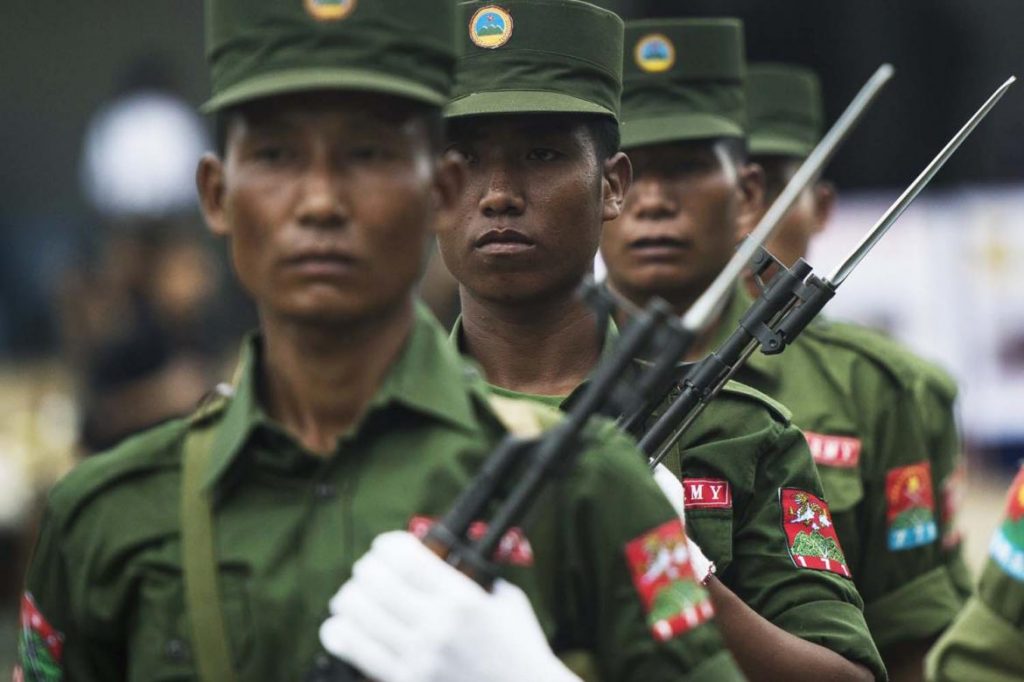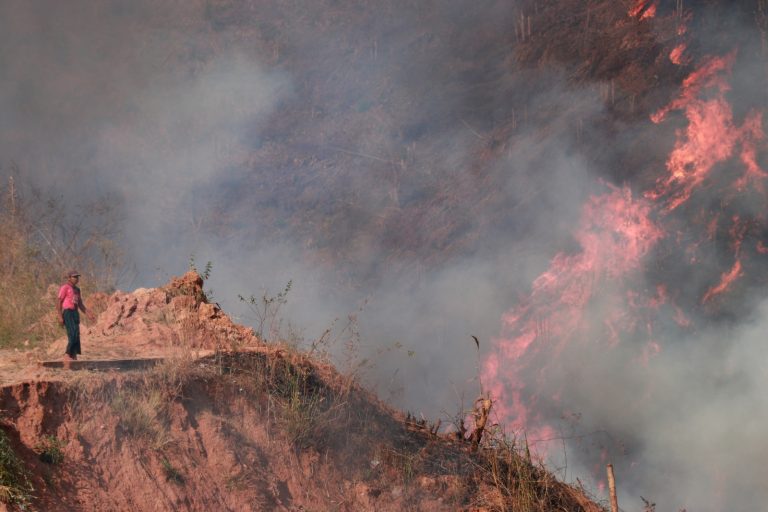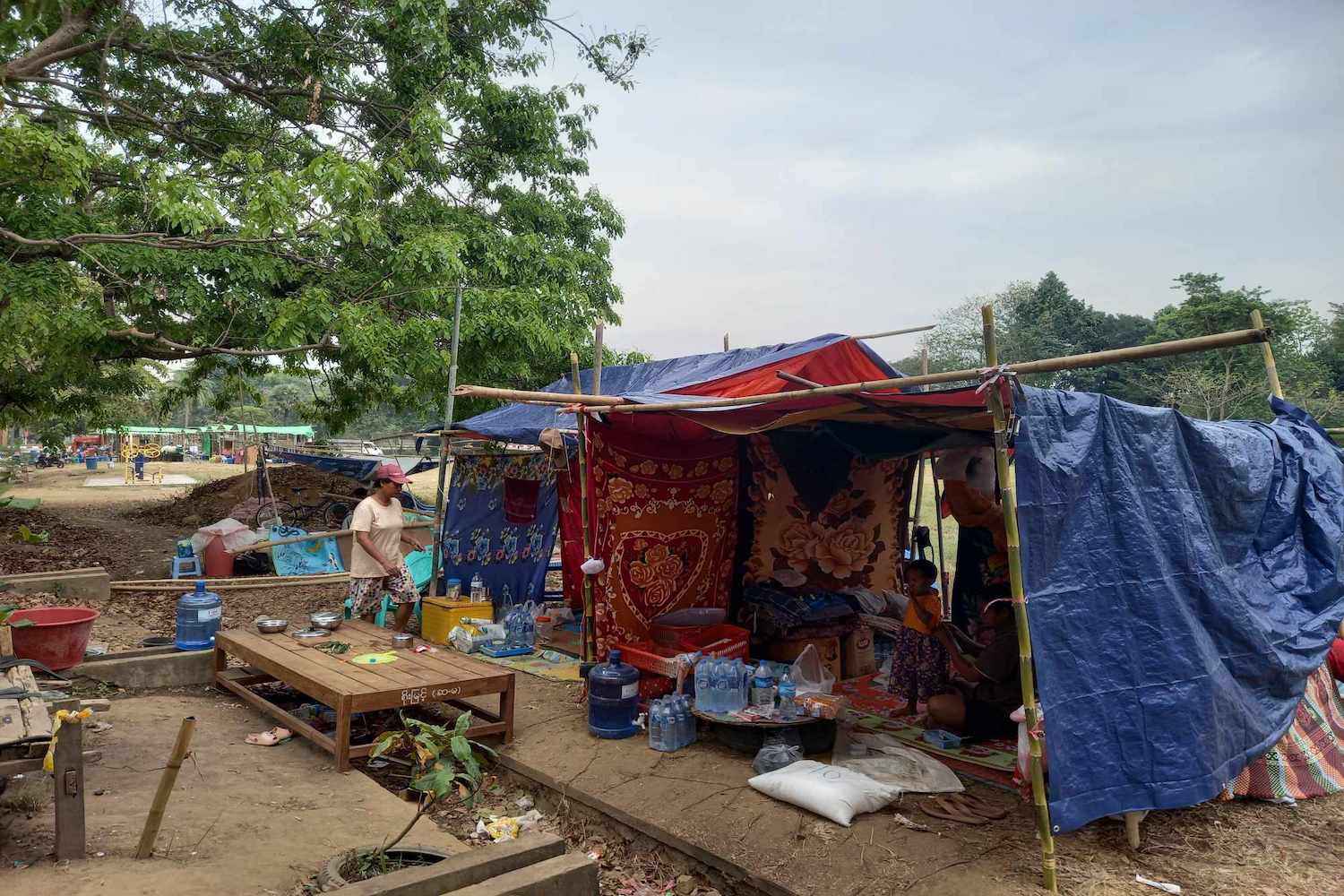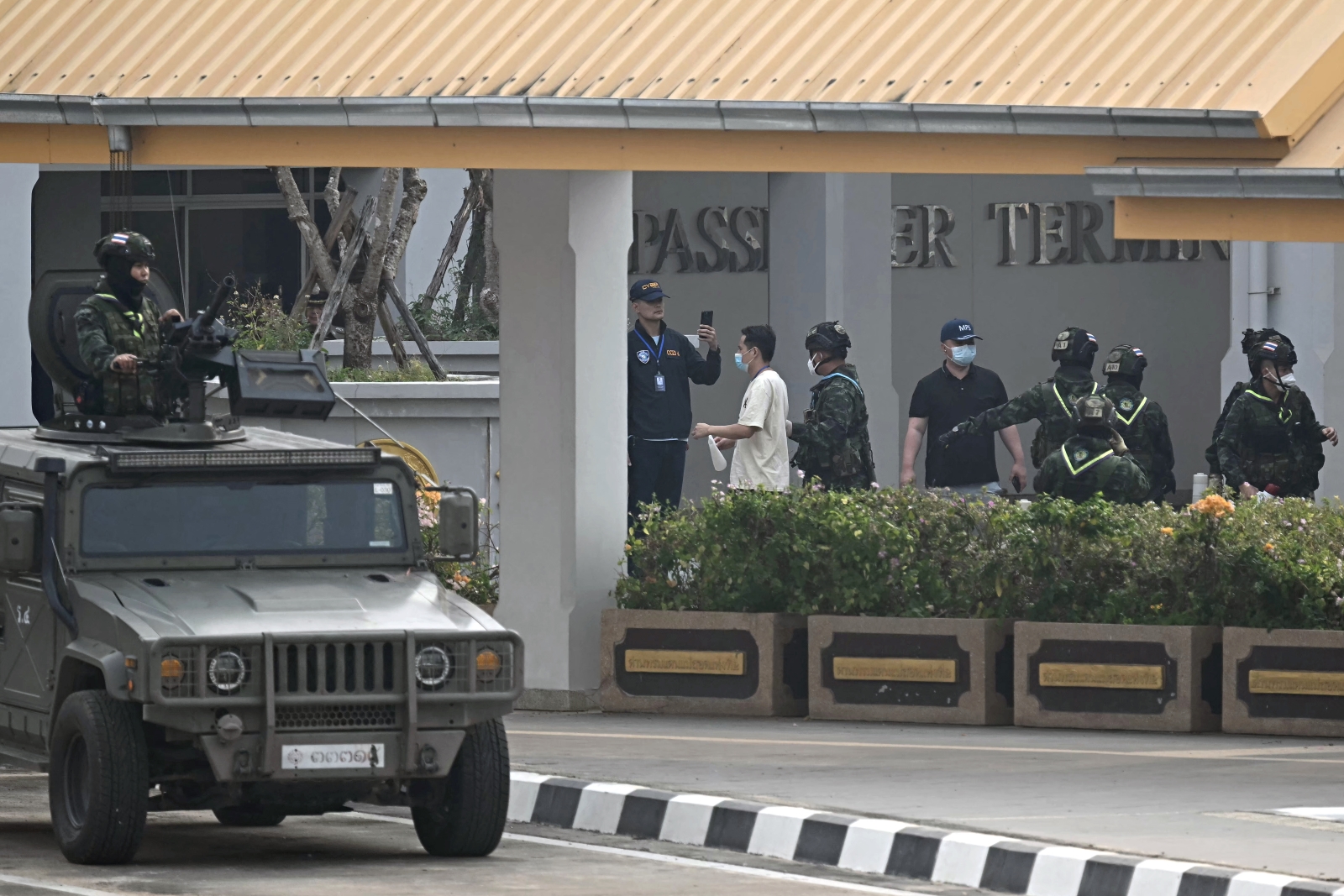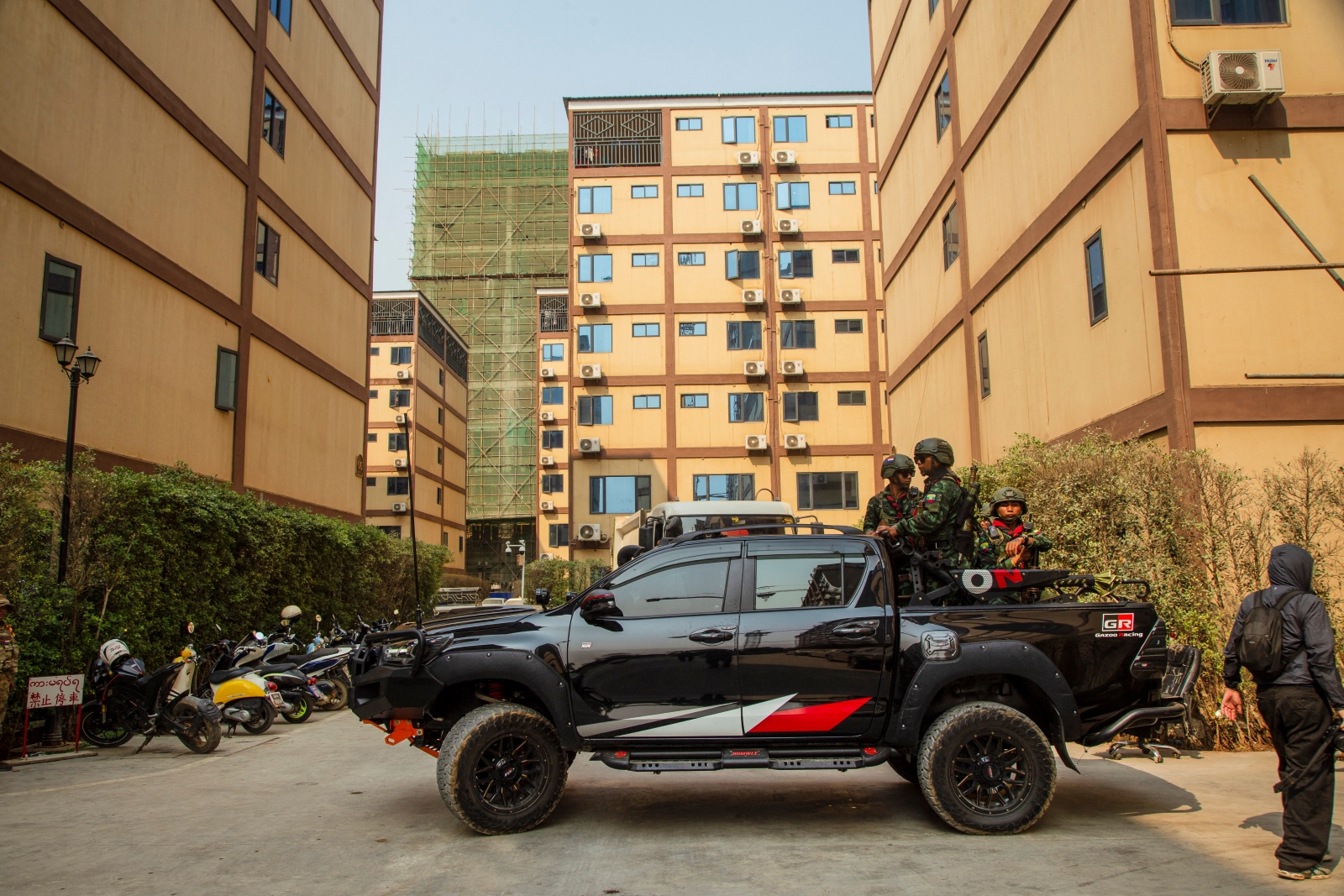The United Wa State Army is planning celebrations next month to mark a ceasefire with the former junta. Under Chinese patronage, its autonomy from Myanmar has solidified.
By SITHU AUNG MYINT | FRONTIER
THE UNITED Wa State Army is planning a celebration with the government next month to mark the 30th anniversary of its ceasefire agreement. The celebrations are planned from April 15 to 17, to coincide with the Thingyan festival marking the traditional New Year, though the ceasefire between the former military junta and the UWSA was signed on May 9 in 1989.
The event, in the Wa Self-Administered Division in Shan State bordering China, will celebrate the Thingyan mutiny by Wa troops 30 years ago that precipitated the collapse of the Communist Party of Burma and drove its leaders into exile in China. What was the fate of the CPB and how have the Wa fared in the 30 years since the revolt?
In 1989, Thingyan water-throwing took place on April 15 and 16, and April 17 was the first day of the new year. Among those who participated in the celebrations at CPB headquarters at Panghsang were activists who had gone underground after the suppression of the national uprising the previous year. Mutinous Wa troops advanced on the CPB’s headquarters, which was usually guarded by Wa soldiers.
However, on April 17, the day of the attack, it was being guarded by troops from Karenni, Pa-O and other ethnic armed groups allied with the CPB. Fighting erupted and a Wa soldier was killed, but the headquarters was soon under the control of the mutineers, who trashed images of communist leaders and copies of communist literature.
Support more independent journalism like this. Sign up to be a Frontier member.
CPB leaders and cadres, including U Tin Yi, secretary of the party’s Central War Commission, had been aware of an imminent attack since early on the evening of April 16 and were able to flee across the border to China. Captured CPB troops were required to answer three questions. Will you surrender to the government? Will you go to China? Will you remain here as a prisoner?
Most non-Wa CPB members chose to go to China, but the party’s leader, Thakin Ba Thein Tin, who was ill and bedridden, did not want to leave his homeland. Ignoring his wishes, the Wa put him on a stretcher and sent him into exile. The ceasefire that the UWSA signed with the junta in May 1989 has proved remarkably durable.
The UWSA’s roots can be traced to a Chinese-backed incursion into northeastern Shan that followed violent attacks on ethnic Chinese people and other Chinese targets, including the embassy of the People’s Republic, in Rangoon in 1967. The killings and destruction continued for several days until the government of General Ne Win declared martial law and sent in troops to restore order, a delay that infuriated Beijing.
The PRC responded to the violence on January 1, 1968, when a coalition force, ostensibly including troops from the CPB and several ethnic armed groups, occupied Kokang and other areas along the border. The invading force however mainly comprised Chinese volunteers wearing CPB uniforms who were equipped with Chinese weapons and carried Chinese rations. In other words, it was a Chinese invasion with members of some Myanmar ethnic groups placed on the frontline. By sending troops into Burma, the Chinese violated the principle of peaceful coexistence. Up until then, the CPB had been based in the Bago Yoma ranges in the centre of the country, but the incursion resulted in its headquarters moving to Panghsang, near the border with China.
The Chinese Communist Party tried to help its CPB comrades after they were driven into exile by the Wa mutiny. CPB troops were reorganised on Chinese territory and provided with weapons. Some were re-deployed to Burma, in a territory of eastern Kachin State, to join a group controlled by two defectors from the Kachin Independence Army. When this group agreed a ceasefire with the Tatmadaw shortly afterwards, the CPB was forced to seek refuge again in China, where ageing party members continue to be cared for by China.
The UWSA, whose leaders conduct official business Chinese, has benefitted from its relationship with China, including support to develop the six townships that comprise what the Myanmar government calls the Wa Self-Administered Division but the UWSA calls Wa State, and where Myanmar laws and administration do not apply.
The UWSA’s aspirations for this area were outlined in a list of demands it released at the 21st Century Panglong Union Peace Conference in Nay Pyi Taw in September 2016, from which its delegation walked out of, saying it had been slighted in the conference protocol.
The demands included complete sovereignty for “Wa State”, for the Tatmadaw to have no control over ethnic armies except by mutual consent and that ethnic armed groups be able to continue their roles in a future federal union. Taking all into consideration, the UWSA’s objective is to have an independent state within a confederation.
Although the demands by the UWSA might be considered unreasonable, there is little that the government or the Tatmadaw can do about them. It is as difficult to negotiate with the Wa as it is to pressure them militarily. The Wa do not stand alone; they have formed alliances with other ethnic armed groups, including the KIA, the Mongla-based National Democratic Alliance Army, the Shan State Progress Party-Shan State Army (North), the Ta’ang National Liberation Army and the Arakan Army.
During the last 30 years, there has been no significant conflict between the UWSA and the Tatmadaw. In a concession facilitated by the former junta’s head of military intelligence Lieutenant-General Khin Nyunt, the Wa were also granted a slice of territory in southern Shan on the Thai border.
It’s likely that the Wa will remain in control of what is essentially a separate, independent state for some time. The government will never be able to contain Wa ambitions until it becomes stronger, or if a closer relationship develops between it and the Tatmadaw.


